Invoices, financial statements, and electricity bills; are the monthly documents that often fill us with apprehension. While you may possess an understanding of your monetary expenditures, have you ever delved into the intricate realm of your daily and monthly energy consumption? Perhaps investing in OUPES portable power station can provide you with an excellent solution.
Furthermore, are you acquainted with the customary electrical energy utilization within the confines of a standard American household? And do the terms 'watt' and 'kWh' hold any meaning for you?
Naturally, these inquiries are influenced by a multitude of variables. Lifestyle choices, the number of occupants in your domicile, architectural nuances, geographical location, and numerous other factors all play pivotal roles.
If the realms of Science and Physics remain foreign to you and you seek a comprehensive grasp of your domicile's energy consumption, we shall embark on an elucidative journey. We aim to equip you with the requisite knowledge to not only ascertain your average domestic energy utilization but also to enhance your capability in managing your financial outlays.
What is the average size of a home?
To commence, as a foundation for determining the average electrical consumption per domicile in the United States, we shall commence by ascertaining the mean dimensions of a residence.
According to data from the U.S. Census, disclosed in June of the year 2021, the median dimensions of a solitary family abode encompassed 2,261 square feet. Approximately half a century in the past, specifically in the year 1973, the average median of an abode within the United States amounted to 1,660 square feet.
Thus, presupposing that the elder, less capacious residences have likely endured and accounted for the more recent, notably more capacious domiciles, we can deduce that the typical-sized dwelling in its entirety must approximate 2,000 square feet ((1600 + 2261) / 2 = 1960.5).
How much electricity does a house use per day (and per month)?

In the realm of power consumption, the next aspect to ponder revolves around the quantum of energy a domicile consumes on an average daily and monthly basis. This endeavor will facilitate a comparative analysis of your electricity utilization against the backdrop of the national mean.
Our journey commences by delving into the various metrics of electrical energy, laying the foundation for an in-depth assessment of your personal household's energy expenditure.
The difference between kW & kWh
Before delving into the calculation of a residence's kilowatt (kW) consumption or a dwelling's monthly kilowatt-hour (kWh) usage, let us distinguish between these two parameters.
The potency of each domicile is quantified in kilowatts (kW). A single kW corresponds to 1,000 watts, while kilowatt-hours (kWh) quantify the energy utilization – or, in simpler terms, the energy devoured per hour. To elucidate this in a real-time context, 1 kWh would be expended to operate a 1000-watt appliance for an hour (assuming no efficiency loss). On a more modest scale, a 100-watt light source would illuminate for 10 hours through the expenditure of 1 kWh.
How many kWh does a house use?
In an average domicile, the monthly energy expenditure hovers around 893 kilowatt-hours (kWh), culminating in an annual consumption of approximately 10,700 kWh. This translates to a mean daily electrical consumption in the vicinity of 30 kWh.
How many watts does a house use?

Subsequently, we shall embark on ascertaining the mean electrical potency for a domicile on a diurnal basis, utilizing the median kilowatt-hour (kWh) consumption. Electrical potency, or wattage, is the unit measuring electrical vigor.
Herein lies the equation for transmuting kWh into watts:
watts = (kWh × 1,000) ÷ hrs
Should a residence require 30 kWh for its daily energy needs, and this quantity is amplified by 1,000, it results in 30,000 watthours being expended in a full diurnal cycle.
Dividing this sum, 30,000, by the total hours in a day (24), we deduce that approximately 1250 watts per hour are requisite for domestic energization. This extrapolates to a monthly consumption of about 900,000 watts, considering the draw from various household apparatus.
However, this estimation hinges on national averages, calculated over 24 hours, and presupposes continuous appliance utilization. For a more tailored calculation of your abode's wattage consumption, it's pivotal to acknowledge the wattage of perpetually active appliances, such as refrigerators or freezers, alongside the wattage and frequency of other devices' usage throughout the day.
How many kW does a house use?
Should the median energy consumption of a domicile stand at 30,000 watt-hours per diem, one may ascertain the kilowatt requisition for domestic operation through a straightforward division: segment the wattage by a thousand, yielding 30.
Herein lies the equation for transmuting watts into kilowatts:
kilowatts = P(W) / 1,000
Hence, it follows that the typical kilowatt usage in American residences hovers around 30kW daily, culminating in approximately 900kW every month.
It warrants mentioning, these estimations spring from the average kilowatt-hour consumption figures of U.S. abodes. For a more tailored and exact reckoning, one should embark on a domestic energy audit, acquainting oneself with the kilowatt and kilowatt-hour metrics of each household apparatus.
Appliances – how much power does a house use?

To commence, one must ponder the interplay between lifestyle and the utilization frequency of domestic electrical apparatuses. Envision a scenario where the prototypical domicile expends 30 kilowatt-hours (kWh) daily, nestled within a residence spanning 2,000 square feet. This scenario shall serve as our foundational archetype.
Thus arises the query: What quantum of kilowatt-hours is expended by a residence in a single day?
Air-conditioning units & heaters
Thermal regulation systems, whether for heating or cooling, exhibit a voracious appetite for energy, contingent upon the prevailing circumstances. Consider, for instance, the scenario where one's domicile doubles as a workspace, necessitating the continuous operation of air conditioning amidst the sweltering zenith of a Californian heatwave.
Such a scenario precipitates a significant surge in kilowatt-hour consumption. A typical air conditioner, with a power draw of 1800 watts, operating over eight hours, could potentially consume 14.4 kWh daily. This figure represents nearly half of an average household's daily energy expenditure. Conversely, during the colder months, space heaters, operating at 1500 watts, can deplete an equivalent, if not greater, quantum of energy compared to their cooling counterparts.
Washing and Drying machines
Laundry apparatuses, specifically washing machines (consuming 500 watts) and clothes dryers (ranging from 1800 to 5000 watts), can significantly escalate your household's energy consumption, particularly in residences bustling with numerous kin or cohabitants frequently engaging in laundry activities.
Astonishingly, employing a 5000-watt dryer for a mere 45-minute cycle can expend a staggering 3.5 kilowatt-hours, incurring an expense of approximately 33.60 cents in a single operation.
Lights and lamps
Illumination apparatuses can be clandestine culprits in the consumption of electrical energy. Possessing a 100-watt luminary could culminate in an expenditure of 1 kilowatt-hour daily – equating to 11.20 cents.
This expenditure may appear trivial, yet it accumulates with alacrity, particularly in households where multiple individuals utilize luminous sources concurrently throughout the diurnal cycle.
Home Entertainment systems
Contingent upon the frequency of operation and the populace residing within your domicile, your apparatuses may be clandestinely siphoning a greater quantum of kilowatt-hours than your awareness perceives.
Take, for example, a high-end gaming notebook, which may consume an energy range of 300-500 watts (fluctuating based on its specifications), translating to approximately 1 kilowatt-hour in a mere duo of hours. Envision, additionally, a trio of kin utilizing electronic contrivances such as a television, a tethered notebook, and an acoustic system concurrently, and the accumulation of power consumption can escalate with alacrity.
To ascertain the daily kilowatt usage derived from your appliances' wattage, avail yourself of this facile yet efficacious conversion calculator.
Insulation
Secondarily, the constitution of your domicile's materials significantly influences the quantum of energy expenditure each month.
Residences of yesteryear frequently employ substances that inadvertently permit the ingress or egress of thermal currents, thus escalating the financial burden of regulating your abode's climate.
Bearing this in mind, fortifying your abode from the apex to its foundation with insulation is a strategy that culminates in substantial fiscal conservation annually.
An additional culprit in energy dissipation is the presence of drafts. For those vigilant against the squandering of energy, the implementation of draft stoppers at doorways acts as a bulwark, preserving either warmth or coolness within, thereby ensuring long-term energy conservation.
Shopping for the right electricity plan for your home
In your quest to select an optimal energy provider and an appropriate tariff, it's crucial to discern your domicile's daily kilowatt-hour consumption. Initiate this process by scrutinizing historical data from your electricity meter to identify consumption trends. This insight paves the way for an informed comparison of rates within your vicinity and aids in exploring bespoke plan options that resonate with your specific needs.
Embarking on this journey, it's advisable to consider the mean electricity expenditure of American households as a reference point. Data from the U.S Energy Information Administration reveals that the median monthly electricity expense stands at $131.63, equating to approximately 11.20 cents for each kilowatt-hour consumed.
Energy-saving solutions for the home
In our quest to mitigate the voracious consumption of domestic electricity and thereby reduce the financial burden of energy expenses, let's explore some transformative strategies:
- Transitioning to LED or CFL illumination devices.
- Ensuring electronic apparatuses are completely powered down and not merely in a dormant standby mode.
- Opting for air drying of garments post-wash, either in the embrace of the open air or within the confines of your abode.
- Modulating your abode's thermal settings, be it a minor reduction in heating or a slight increment in cooling parameters.
- Employing window dressings such as blinds and draperies to encapsulate warmth, considering that a staggering 40% of domiciliary heat may vanish through the windows.
- Prioritizing the acquisition of appliances adorned with the yellow ENERGY STAR® insignia, renowned for their reduced energy consumption compared to their counterparts.
Furthermore, integrating intelligent technology into your household milieu to orchestrate your electrical supply and devices can significantly enhance your command over kilowatt-hour utilization.
What are the benefits of an OUPES Portable Power Station?

Take the energy management of your home to new heights with OUPES solar generators and a range of auxiliary components.
Eco-conscious home circuit
Did you know it’s possible to seamlessly integrate raw, green solar power directly into your residence’s grid? OUPES Mega 5 Home Backup & Portable Power Station boasting a formidable 5040 watt-hour capacity, this unit is the epitome of robust endurance, using the sun's rays through OUPES's solar panels to deliver powerful solar energy to your residence, providing you with monthly Pave the way for significant savings on utility bills.
Save money on your monthly bills
This ingenious device enables you to selectively program the circuits of your residence and operate your home appliances remotely via the OUPES app on your mobile device. Picture this: On your morning commute to work, you forget to turn off the lights in your home. The app becomes your remote sentinel, allowing you to extinguish these lights, thereby reducing unnecessary power consumption.
Ready for blackouts
Please believe that OUPES Portable Power Station can provide you with strong capabilities to cope with power outages and ensure that your comfort is not compromised. Take OUPES Mega 3 as an example. This device has a capacity of up to 3072 watt-hours and an amazing power output of 3600W. It can inject vitality into your washing machine, TV, and other household appliances, say goodbye to power interruptions, and welcome uninterrupted productivity.
To summarize
In conclusion, your newfound understanding of the kilowatts and kilowatt-hours required for your household's livelihood should now be significantly enhanced.
By carefully recording your residence's average monthly energy consumption and pinpointing profligate behaviors or factors that lead to increased kilowatt-hour consumption and financial expenses, you can choose the right energy option. Furthermore, investing in OUPES is a smart decision, carefully designed to complement the unique rhythm of your residence.






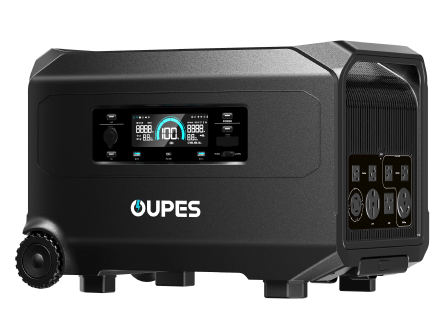
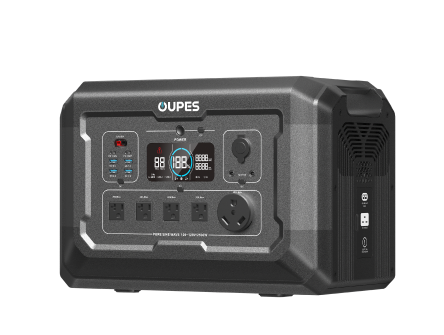
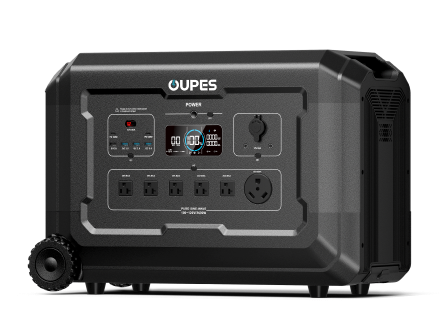
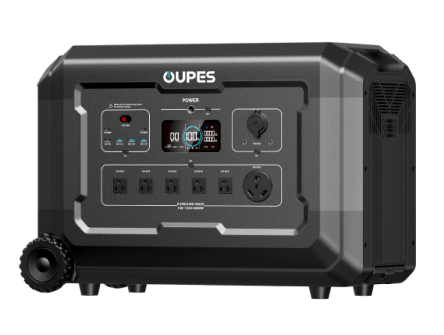
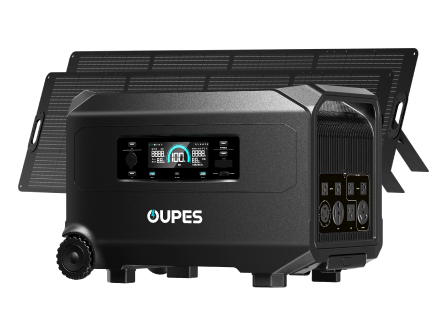

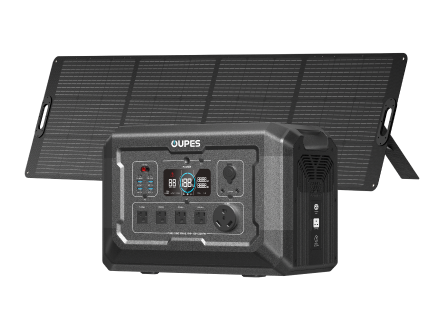


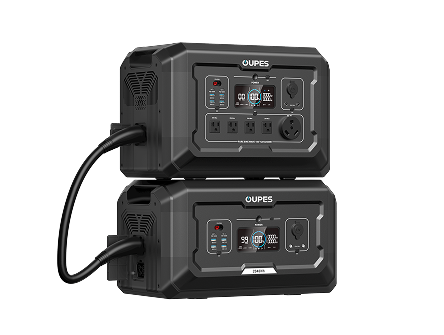
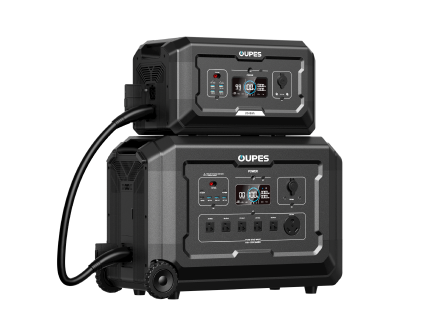
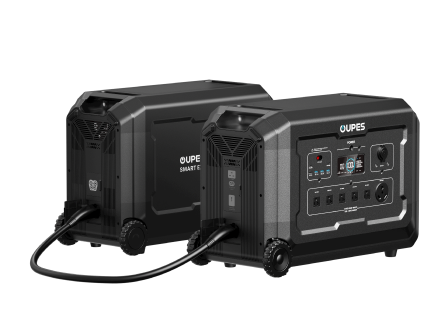
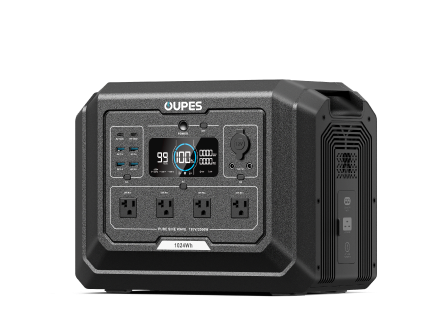
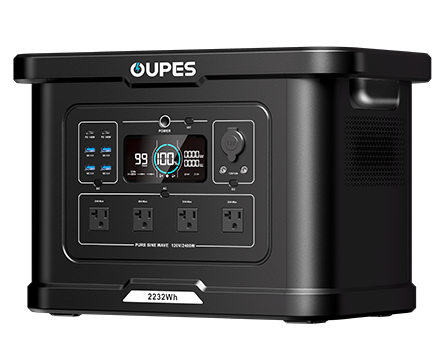
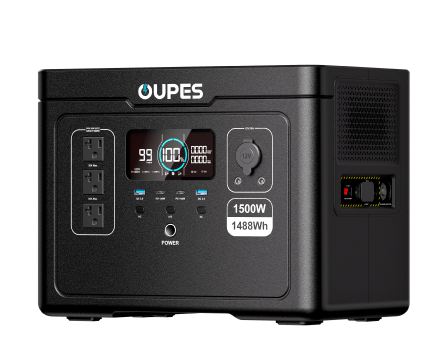
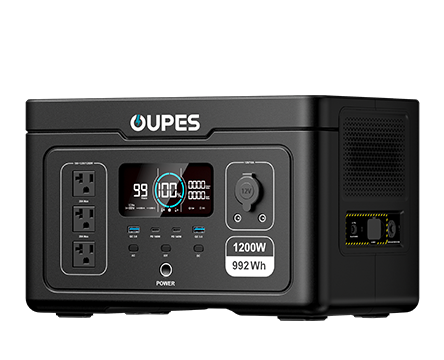
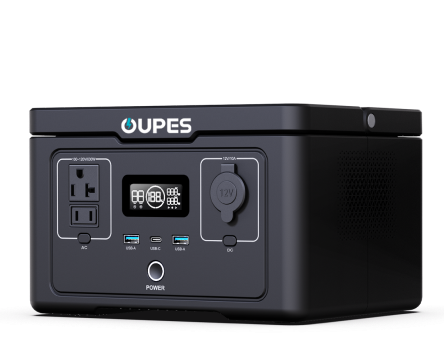
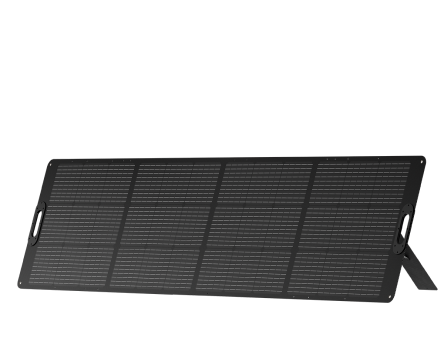
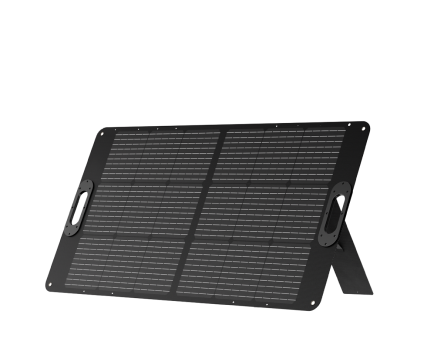




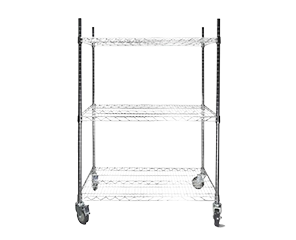
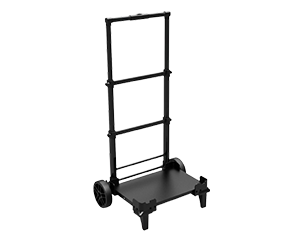

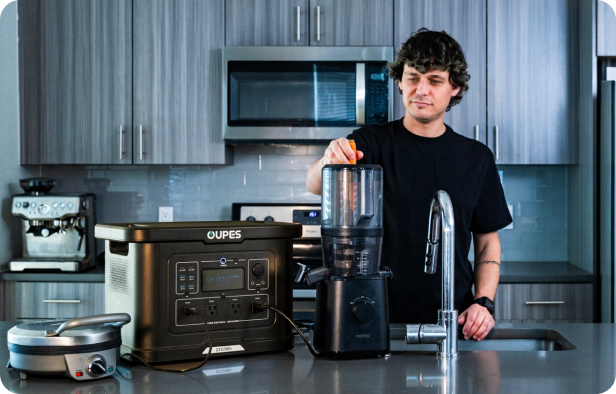



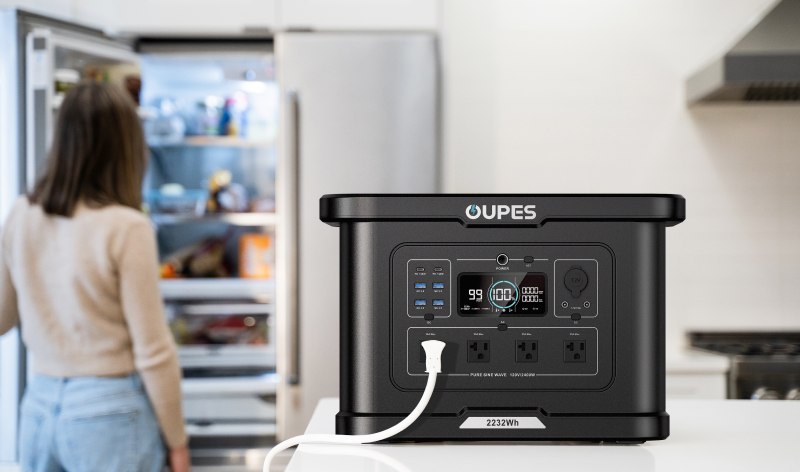


Leave a comment
This site is protected by hCaptcha and the hCaptcha Privacy Policy and Terms of Service apply.